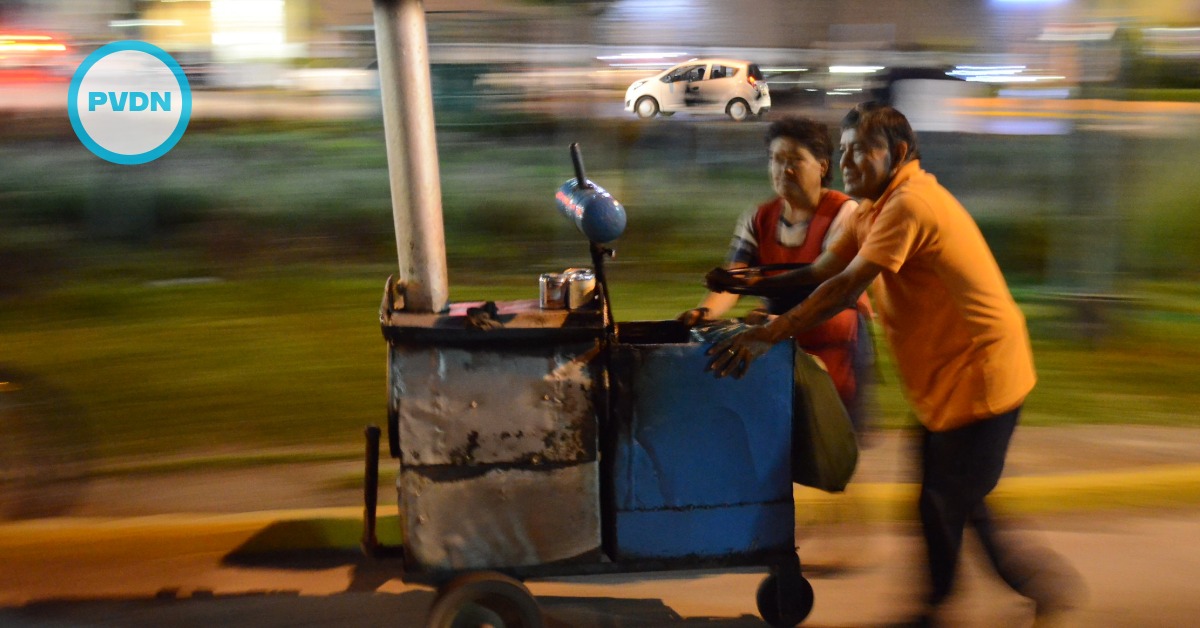Amputees can control their bionic prosthetic limbs with their minds, thanks to tiny implanted myoelectric sensors (IMES) developed by Icelandic orthopedics company Ossur and surgically placed in a patient's residual muscle tissue.
Ossur implanted tiny sensors in the residual muscle tissue of two amputees that they say trigger movement in the prosthesis via a receiver. Ossur President & CEO Jon Sigurdsson was due to announce in Copenhagen on Wednesday (May 20) that the two amputees are the first world-wide to be able to control their lower-limb prostheses subconsciously.
One of the patients trialing the new implants, Gummi . . .





